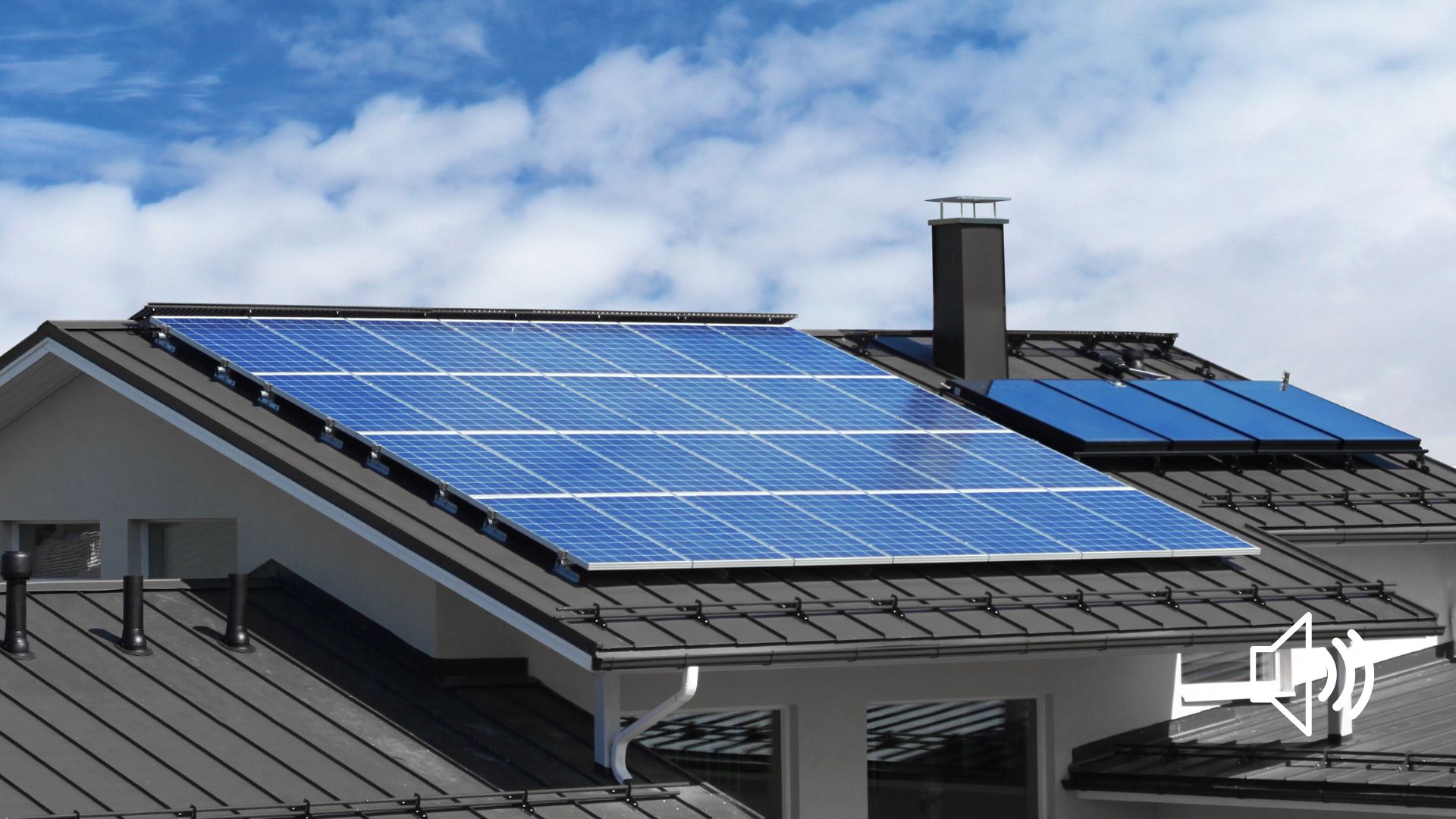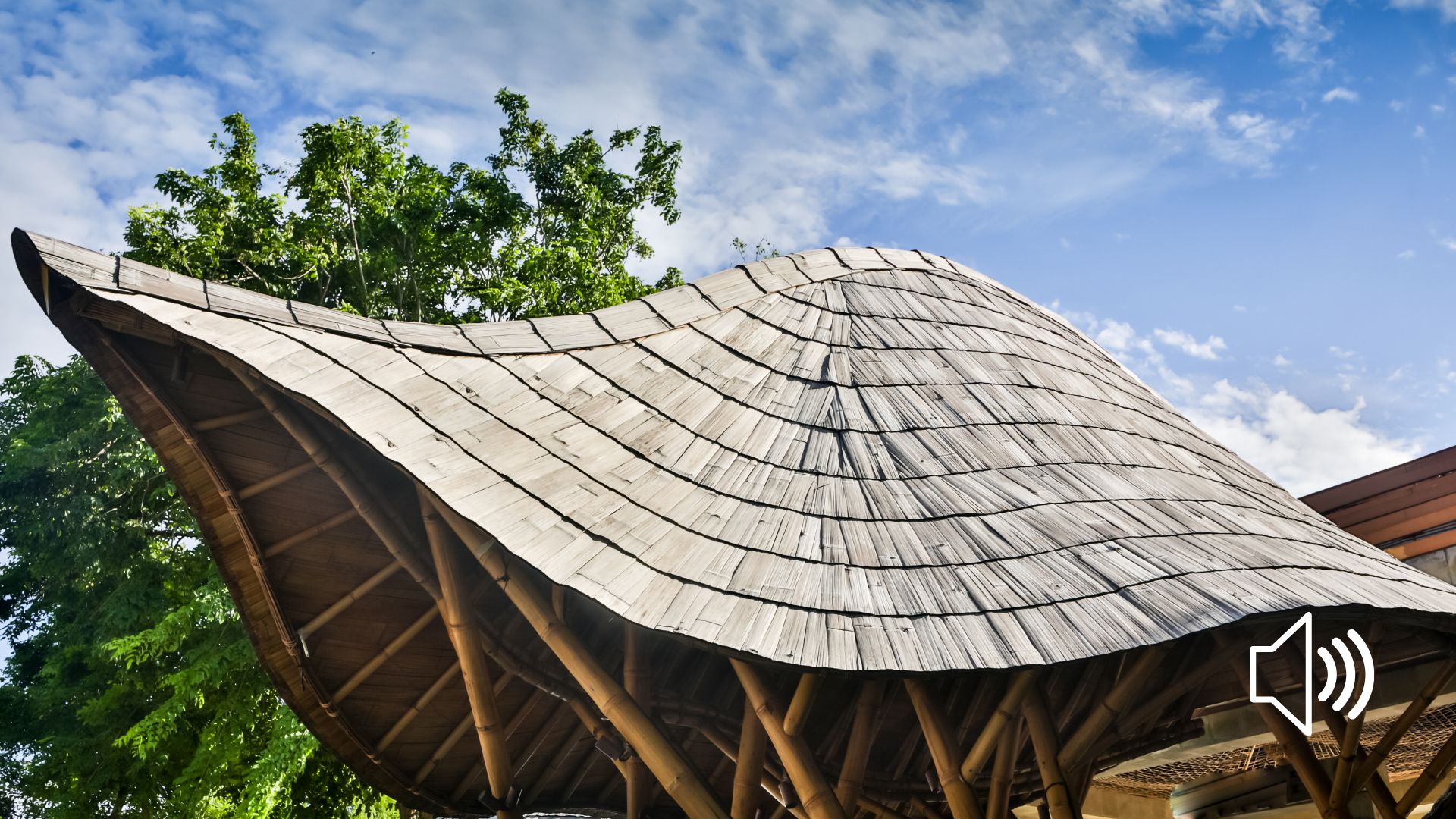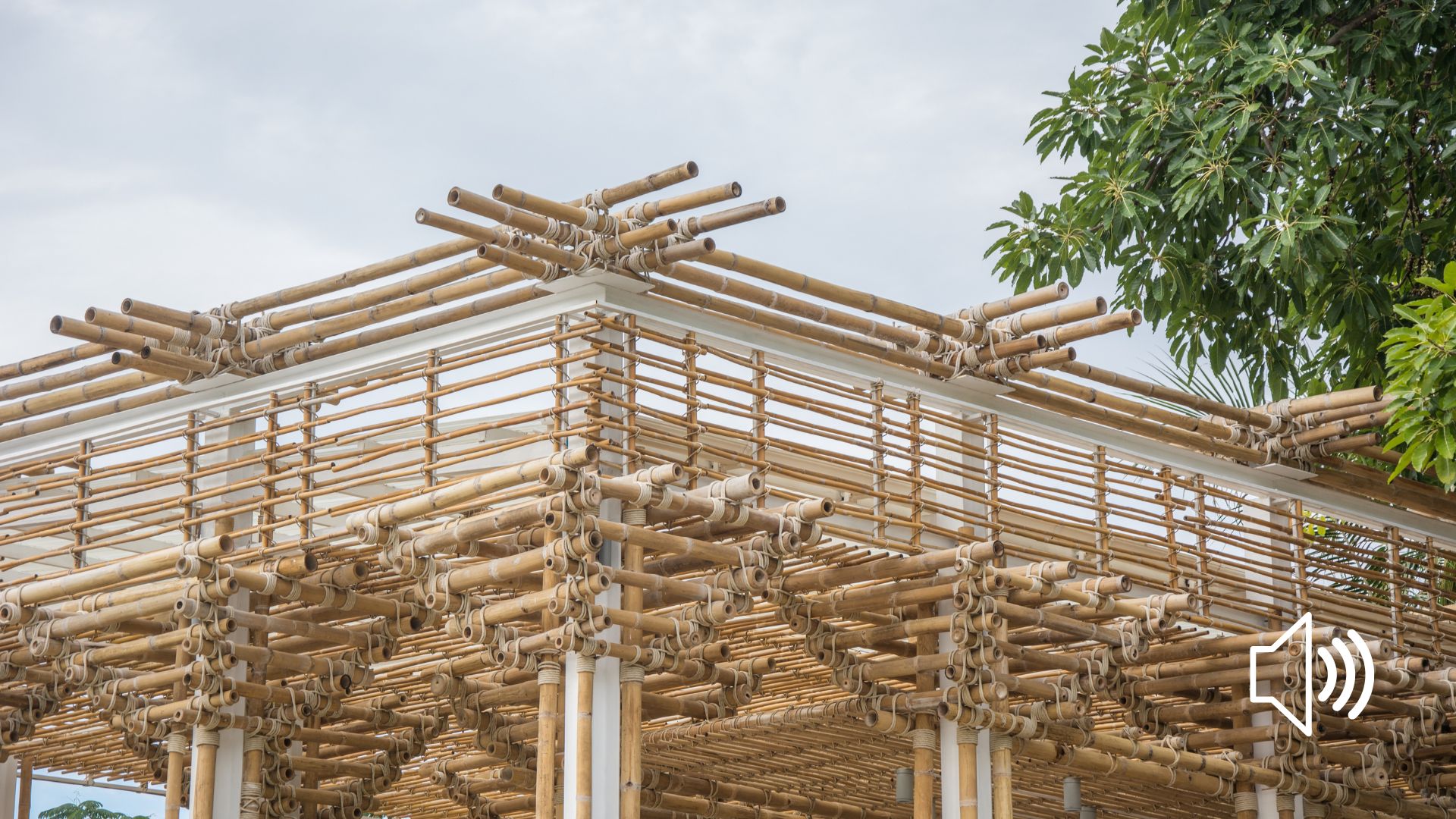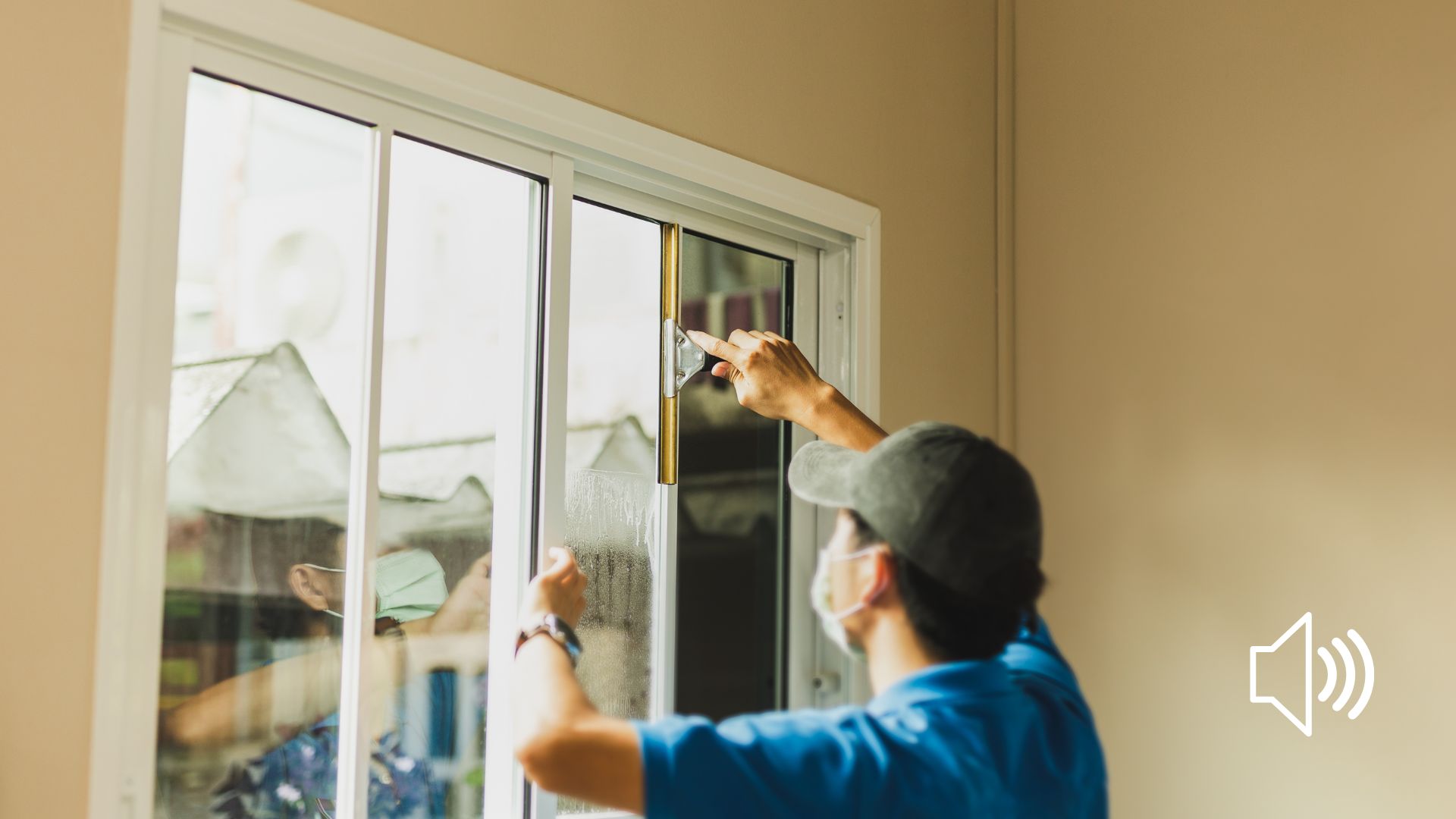The consumption of sanitary/domestic hot water largely depends on the use of a building and the climate zone where it is situated. If we take, for example, a building located in a warmer climate zone that provides rented accommodation, the consumption, i. e., heating of water, becomes a significant expenditure. Let’s see what kinds of water heating systems there are and which are most commonly used.
The selection of domestic hot water (DHW) preparation method mainly depends on the number of people using the water, i.e., the purpose of a building and the choice of heating fuel.
Depending on the number of building users and its purpose, the following types of devices are used:
- Instantaneous electricity and gas water heater (< 2 persons),
- Hot water gas and electricity storage tank (< 4-5 persons),
- Combined and indirectly heated storage tanks for space heating and how water heating – Instantaneous or storage tank (< 4-5 persons),
- Indirect hot water tank (> 4-5 persons),
- Solar Hot Water systems (> 3 persons) and
- DHW heat pumps (> 3 persons).
————-
We’ll start by explaining instantaneous water heaters. They can be divided into electricity and gas heaters.
Instantaneous electricity water heaters are usually used in bathrooms to prepare water in quantities up to 12 l/min (at 45°C). Newer devices can gradually control the power and water temperature. The advantages of these devices are low cost, high efficiency, small thermal losses in short pipelines, short heating time, etc. Their disadvantages include relatively high connection power (12-27 kW) and, depending on electricity pricing, higher water preparation costs than gas boilers.
Instantaneous gas water heaters use natural or liquefied petroleum gas to heat domestic hot water. Water passes through a tubular heat exchanger wherein it takes over a portion of heat from the hot products of gas combustion (flue gases) on the burner, which is then discharged into the atmosphere. The burner starts up when the water outlet (tap) is turned on and switches off when the tap is turned off. The maximum flow rate of the boiler is up to 11 l/min at a water temperature of 45°C, while the corresponding power is 26 kW. Due to the relatively low flow rate, the number of outlets is limited to 2 or 3, which should be placed near the boiler to avoid excessive water cooling in the supply pipelines.
Instantaneous gas water heaters are characterized by high efficiency in operation (~ 90%), low operating costs, the ability to control the burner power, i.e., water flow and temperature. Their disadvantages include the need to install a chimney (or an outlet on the façade), more frequent starting up of the burner compared to storage boilers, a more significant temperature variation in the period immediately after starting up of the burner. Significant problems in operation occur because of limescale deposition in the pipes, which can lead to burning out of the heat exchanger pipe and result in poorer heat distribution.
————-
Hot water electricity storage tanks heat larger quantities of water which is then available for a more extended period at several outlets. They are used in kitchens (volume up to 5-10 l) and in bathrooms (50-120 l). The heater power of storage tanks is significantly lower than that of instantaneous water boilers and amounts to 1.5-2.6 kW, with a heating time ranging from 10 minutes to 3 hours depending on the boiler size and heater power.
Besides requiring less electric power, an additional advantage of storage tanks over instantaneous electric water heaters is their ability to heat water during lower electricity tariffs by using time regulators. Unlike instantaneous water heaters, hot water in storage tanks has a more constant temperature and is available in a shorter interval of time after the tap is turned on. The disadvantages of storage tanks are the lower efficiency due to accumulated heat losses through the tank insulation and the considerably longer time needed to heat water to the desired temperature than instantaneous water heaters.
Hot water gas storage tanks, like electricity ones, are used when it is needed to prepare larger quantities of domestic hot water at several outlets, as compared to cases when instantaneous water heaters are used. Gas storage tanks have the same advantages and disadvantages as electricity storage tanks concerning instantaneous water heaters. Their capacity ranges from 120 to 220 l, while the burner power is lower than in instantaneous water heaters, ranging from 7 to 9 kW, and the time needed to heat water to a temperature of 45°C is 10-20 minutes.
However, compared to electricity storage tanks, it should be noted that gas storage tanks require a chimney, and hot water preparation is considerably cheaper (1.7-3.2 times).
Hot water storage tanks using solid fuels, wood, pellets, and coal are used primarily in space heating boilers and combined cooking and space heating stoves, while devices that use solid fuels solely for hot water preparation (which can be used for central heating) are somewhat less common. They have a volume of 30-150 l, while in some cases, smaller storage tanks, up to 10 l, are installed in classic wood stoves. The disadvantage of this type of hot water preparation is a more complex control of water temperature. The advantage over gas and electricity water tanks is that wood and pellet storage tanks use environmentally friendly biomass as fuel. Furthermore, advantages are lower costs compared to heating by electricity (20-60% depending on the tariff) and heating oil (50%).
————-
Combination gas-fired Space/Water Heaters, also known as integrated systems, are used for space and hot water heating. They can be divided into instantaneous and accumulation heaters. Instantaneous heaters are often used in central heating systems in apartment buildings, providing independent generation and thermal energy in each apartment. By design, they are similar to instantaneous water heaters, with the difference that combination water heaters have an additional (plate) heat exchanger wherein water from the primary circle is heated by using the water previously heated by flue gases. When domestic hot water is not used from the heating system, water is heated directly by flue gases in a pipe exchanger.
Nominal power is the power for which an electrical device is designed (dimensioned) and can constantly operate (nominal permanent load). Short-term overload is when a device can be exposed to a load higher than the rated one without the risk of damage. Nominal power for heat generators ranges from 11 to 32 kW, with a capacity of 1.5-14 l/min of hot water at a temperature of 45°C. The burner power is automatically regulated depending on the current water flow to maintain a constant selected water temperature, saving thus energy and reducing the emission of harmful gases into the environment.
These devices are characterized by high efficiency (90% or 110% in condensing versions) compared to boilers with an auxiliary tank for heating and DHW preparation when operating in summer mode because the boiler and its burner are dimensioned for both space heating and DHW preparation (i.e., for winter operation). Reduced thermal energy consumption from the tank in the summer causes frequent switching on/off of the burner in these boilers, which reduces the overall burner’s efficiency and shortens the lifespan of the device as a whole, with an unfavorable ratio of thermal losses through the tank insulation to utilized energy, because a considerably more significant quantity of water is heated in the tank due to needs for DHW.
The disadvantages of combination instantaneous water heaters are identical to those listed for instantaneous gas water heaters intended solely for DHW preparation.
Combination gas storage tanks consist of a gas water heater that heats water in the storage tank, usually using a spiral heat exchanger. The tank capacity ranges from 100 to 150 l, with a power of up to 20 kW. Automatic burner power control (30-100%) ensures efficient operation regardless of water consumption. Water in the tank is constantly heated during consumption, which means that these boilers operate using the same power as instantaneous water heaters intended solely for DHW preparation. That’s why these boilers are more efficient than combination boilers with single-stage or two-stage burners that operate with a separate tank. Combination storage tanks are usually used in smaller family houses where more significant quantities of water are needed at several outlets, unlike the cases where instantaneous water heaters are used. In addition to condensing versions, these boilers can be produced in arrangements where the tank can be connected to a solar heating circuit. The advantages and disadvantages of these boilers are identical to those listed for gas storage tanks used solely for DHW preparation.
————-
Indirect hot water tanks are used in households with more than 4-5 members. It is more convenient to prepare hot water in one central place, from where it is distributed to outlet points. For this purpose, gas or heating oil boilers are commonly used, which heat water in a separate tank using a heat exchanger. The tanks can be physically separated from the boilers (self-standing) or attached (lying).
The power of boilers used in family houses (< 6-8 people, < 300-400 m2) ranges from 16 to 34 kW, while the tank sizes vary between 100 and 150 l. Up to 300 kW can be found on the market for larger buildings or multiple side-by-side houses boilers. Although boilers have a declared efficiency of >90% (>100% for condensing versions), the total annual efficiency is considerably lower (<50%) due to thermal losses that occur during distribution to outlets, losses through tank insulation, and losses during the initial start-up of the burner.
As discussed in the previous chapter, these losses are especially noticeable in the summer period in systems that are designed to meet the needs for space and DHW heating, when the burner frequently switches on/off to maintain the set temperature of tank water because the consumption of thermal energy from the tank is considerably lower.
These shortcomings can be overcome by using separate boilers dimensioned only to cover DHW needs, increasing investment costs. Furthermore, the overall efficiency can be increased by using low-temperature and condensing boilers, two-stage burners or burners with power control (e.g., 30-100%), and finally, combining boilers with solar collectors. It should be emphasized that the right choice of control method is crucial for achieving the most efficient operation of the boiler and the whole system.
Solar Hot Water systems that consist of solar collectors are used alone or in combination with conventional boilers using gas, heating oil, electric energy, or biomass. Because of the need to accumulate solar energy, the tank capacity is more significant than when boilers are used only for heating and ranges from 200 to 300 l for family houses.
In addition to using (free) solar energy, DHW preparation systems using solar collectors and gas or oil boilers make it possible to reduce the annual number of boiler’s switching on/off and avoid heating the entire system solely by the boiler, especially in summer, which further contributes to increasing the total annual efficiency of the whole system.
DHW heat pumps can be used for both space heating and DHW preparation. The power of the devices used in households ranges from 2 to 12 kW, while their driving power is around 0.7-5 kW. In these devices, heat on the condenser is carried by water instead of by air, like in split air cooling/heating systems.
DHW tanks used in the previously described systems for DHW preparation in households usually have the capacity of 100 to 300 l. They are made of stainless steel or ordinary carbon steel protected on the inside by a layer of enamel, plastic, or coating that must satisfy all the legally prescribed requirements for drinking water quality. Heat exchangers are usually spiral copper pipes through which water is heated in a boiler, which heats the water in the tank (e.g., indirectly heated tanks). The second type of exchangers are pipes with turbulators that pass flue gases (e.g., gas storage tanks). Some tanks also have electric heaters (e.g., electric storage tanks, solar tanks).
The tanks are insulated with a layer of mineral wool or sponge 5-12 cm thick to reduce thermal losses. Furthermore, insulating all the connecting pipelines leading to the outlets with insulation 2-5 cm wide is desirable to reduce thermal losses. Thermal losses of the tank increase as its temperature rises; therefore, it shouldn’t be much higher than 45 °C. At temperatures over 60 °C, there occurs increased formation of limescale, which collects on all the parts of the system, especially on the heating surfaces of heat exchangers and inside the pipelines. On the other hand, at temperatures of 25-45 °C, there is a danger of increased reproduction of microorganisms, the most dangerous of which, legionella, can cause life-threatening lung disease.
Therefore, it is necessary to occasionally heat the system to a temperature above 60 °C. To protect against limescale deposition, a special device can be installed on the water mains. It reduces the concentration of calcium, magnesium, iron, and other salts in water and works according to the principle of electromagnetic currents or ion exchange.
When water outlets are situated at a distance from the DHW preparation place, a larger quantity of water must run out before the hot water is obtained at the outlet. To make hot water available immediately after the tap is turned on, a recirculation pipe is installed, through which water is circulated by a pump (or naturally due to temperature difference) in a closed circuit between the tank and the outlet when water is not used. Given that this significantly increases heat losses in the system, it is advisable to program the starting up of the pump to limited periods of the day when hot water is usually used.
—–
In short, these are the most common hot water heating systems used in buildings. Let’s see how the consumption of DHW is measured, how much hot water is needed in a building, and how much energy is required to heat the water.
The amount of energy that water releases or obtains in the heat exchange circuit are measured by the so-called thermal energy meters (calorimeters). These devices measure water flow (usually by ultrasonic measurement) and the temperature of the starting and return flow of the heat exchange circuit. Based on this data is calculated the amount of thermal energy exchanged in the system. Thermal energy meters are, for example, installed in space and DHW heating fittings of individual apartments in a building in which hot water is centrally prepared or heating obtained from the district heating system to gain information on the energy consumed in each apartment.
To measure the energy needed to produce DHW in centralized systems (boiler rooms), water meters installed at a freshwater inlet are used. Information on the measured flow is sufficient to calculate consumed energy if we know fresh and hot water temperature in a particular measuring period.
As a bonus material with this post, we have prepared an excel file to calculate energy consumption by a DHW system.
Naturally, you should always bear in mind that some minimum values and estimated inputs usually differ from country to country, and if you want to use the tools we provide you with for actual calculations, you must check the parameters entered. All the tools and forms have been created for your education, and they usually require minimal corrections to be fully applicable to the regulations in your country.





